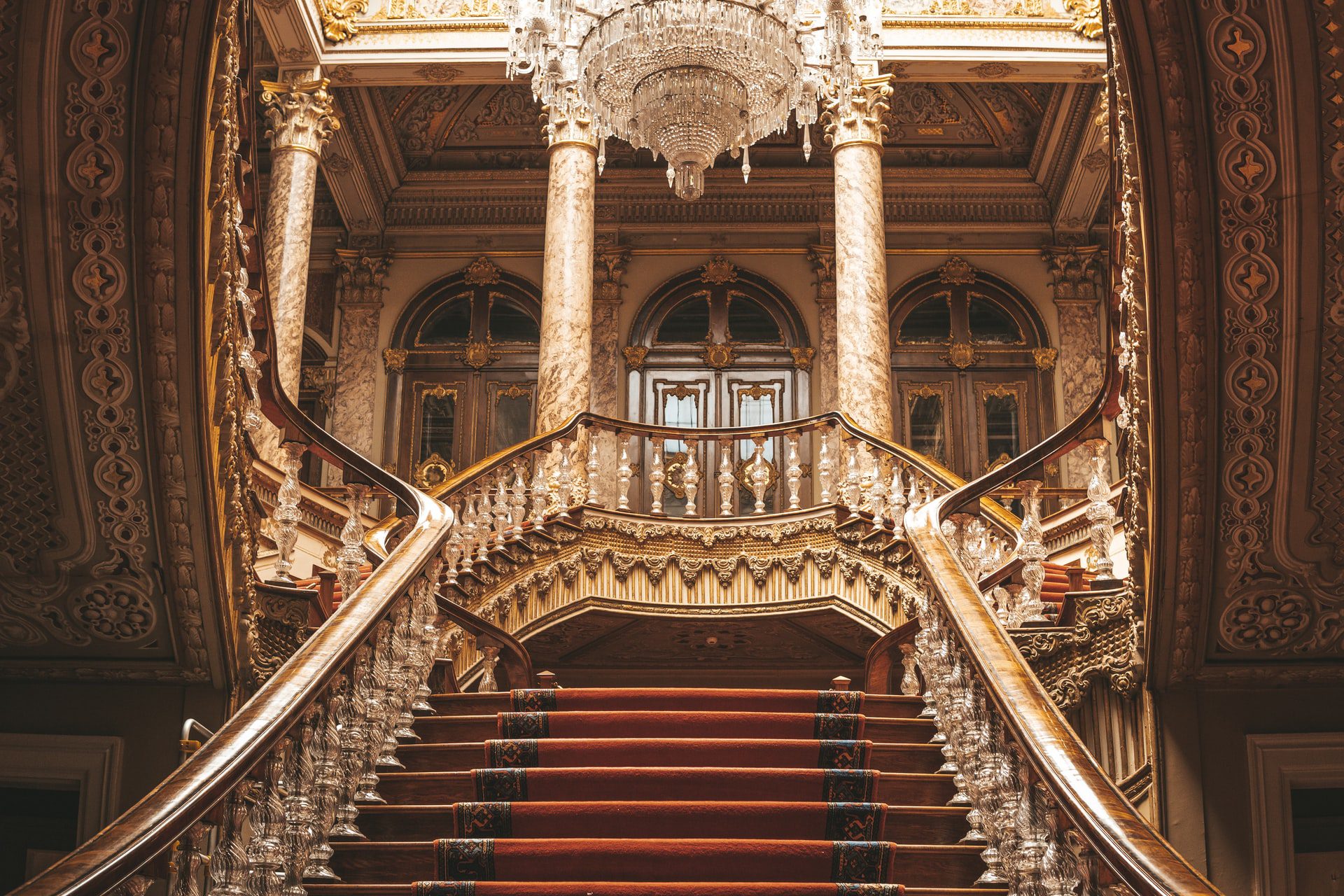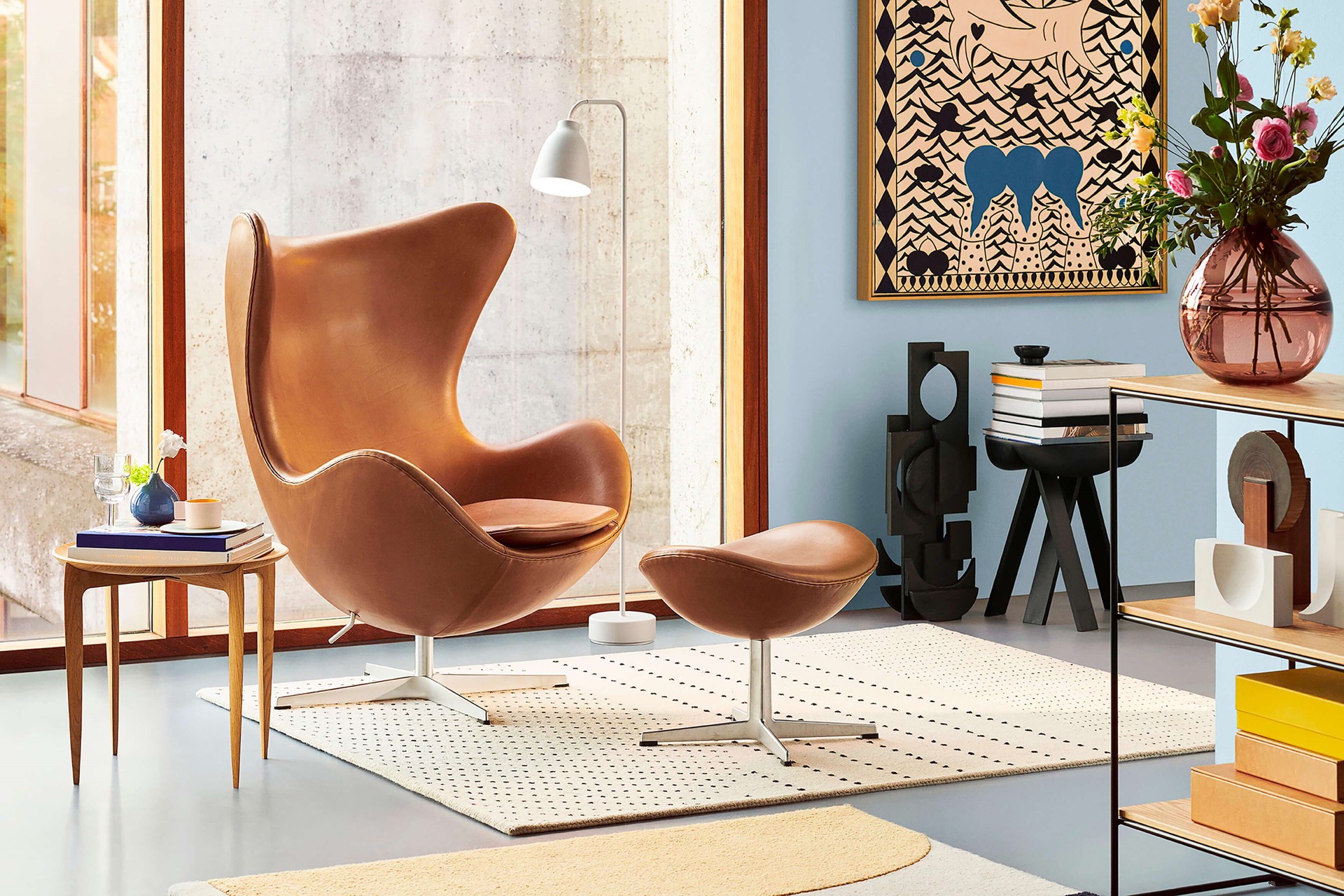- Home
- Articles
- Architectural Portfolio
- Architectral Presentation
- Inspirational Stories
- Architecture News
- Visualization
- BIM Industry
- Facade Design
- Parametric Design
- Career
- Landscape Architecture
- Construction
- Artificial Intelligence
- Sketching
- Design Softwares
- Diagrams
- Writing
- Architectural Tips
- Sustainability
- Courses
- Concept
- Technology
- History & Heritage
- Future of Architecture
- Guides & How-To
- Art & Culture
- Projects
- Interior Design
- Competitions
- Jobs
- Store
- Tools
- More
- Home
- Articles
- Architectural Portfolio
- Architectral Presentation
- Inspirational Stories
- Architecture News
- Visualization
- BIM Industry
- Facade Design
- Parametric Design
- Career
- Landscape Architecture
- Construction
- Artificial Intelligence
- Sketching
- Design Softwares
- Diagrams
- Writing
- Architectural Tips
- Sustainability
- Courses
- Concept
- Technology
- History & Heritage
- Future of Architecture
- Guides & How-To
- Art & Culture
- Projects
- Interior Design
- Competitions
- Jobs
- Store
- Tools
- More
Vernacular Architecture #2 – Ottoman Architecture
The Ottoman Empire was a multicultural empire that encompassed many different religions, races, and cultures. For that reason, Ottoman architecture was influenced by Islamic architecture but also had influences from Byzantine, Persian, and European architecture.

History of Ottoman Architecture
The Ottoman Empire was one of the most powerful empires in history. It lasted for about 600 years and at its peak it controlled about 20% of the world’s population. In Vernacular Architecture article series, we will talk about some significant traditional architecture around the World. In this article, we would like to understand precious Ottoman architecture and its characteristics. When we think about Ottoman architecture, the city of Istanbul is coming to our minds with beautiful mosques, palaces and mansions at Bosphorus.
The Ottoman Empire was a multicultural empire that encompassed many different religions, races, and cultures. For that reason, Ottoman architecture was influenced by Islamic architecture but also had influences from Byzantine, Persian, and European architecture.
Ottoman architecture is characterized by the use of domes, minarets, and arches. Ottomans also used tiles to decorate their buildings which gave them a unique look. The main architectural style is known as “Ottoman Baroque” which is heavily influenced by Western European Baroque styles such as Rococo or Neoclassical styles.
Characteristics of Ottoman Architecture

The Ottoman Empire was a time of great architectural change. The empire’s style was influenced by the Byzantine and Islamic architecture. The Ottomans were not afraid to borrow from other cultures.
Ottoman architecture is famous with its interior architecture, courtyards and flamboyant silhouettes that have an important place in the memory of the city.

Ottoman architecture can be classified into two types: secular and religious. Secular buildings include palaces, schools, baths and tombs. Religious buildings include mosques, madrasas, mausoleums and synagogues.
The most famous example of secular Ottoman architecture is the Topkapı Palace in Istanbul. The most famous example of religious Ottoman architecture is the Blue Mosque in Istanbul. In the continuation of the article, you will see important Ottoman palaces, which are representatives of secular architecture. At the same time, you will meet the legendary Ottoman interior architecture.
Most Known Examples of Ottoman Palaces
Ottoman palaces were designed in different styles depending on the region they were built in. However, they all shared some characteristics such as open courtyards with fountains and gardens or pools. Ottomans are known for their distinct architecture style, which is characterized by its use of domes, horseshoe arches and large exterior surfaces.

Dolmabahce Palace, Istanbul
There are the most beautiful examples of Ottoman palaces that have served the Ottoman sultans, their families and employees for centuries.The Ottoman palaces located in various parts of Istanbul are now open to visitors as cultural heritage.

Topkapi Palace, Istanbul
Except on Mondays, you can visit the palaces in Istanbul. Topkapı Palace and Dolmabahçe Palace are the palaces where the sultan lived and hosted the state officials. For this reason, there are dozens of sections and rooms in it.

Beylerbeyi Palace, Istanbul
In Istanbul, the Bosphorus bridge connects the continents of Asia and Europe. Some of the palaces you see in the examples are in Asia and some in Europe.

Ciragan Palace, Istanbul
Ottoman Style Interior Design

The most important characteristic of the legendary Ottoman interiors are the furniture decorated with gold leaf, the carved wooden ceiling and walls. We find the best examples of Ottoman style decors both in the palace architecture and in the interiors of the mansions.

In Istanbul, the capital of a multinational empire, where people from different races and cultures live, Ottoman interiors are a blend of decoration bearing the influences of Persian, Byzantine and Seljuk architecture.



Submit your architectural projects
Follow these steps for submission your project. Submission FormLatest Posts
The Ultimate Guide to Fencing in North Dakota: Choosing the Best Fence for Your Property
Watching a chain link fence twist in 70 mph winds near Minot...
Gaudí: Where Architecture Meets Science
Gaudí: Where Architecture Meets Science shows catenary arches, ruled surfaces, and biomimicry...
How Housing Market Forces Shape Architectural Design Today
Architecture never exists in isolation. Buildings rise from a mix of ambition,...
Why Portable Formaldehyde Gas Detectors Matter on Construction Sites
As construction practices shift toward more enclosed and material-intensive environments, the risk...












Leave a comment